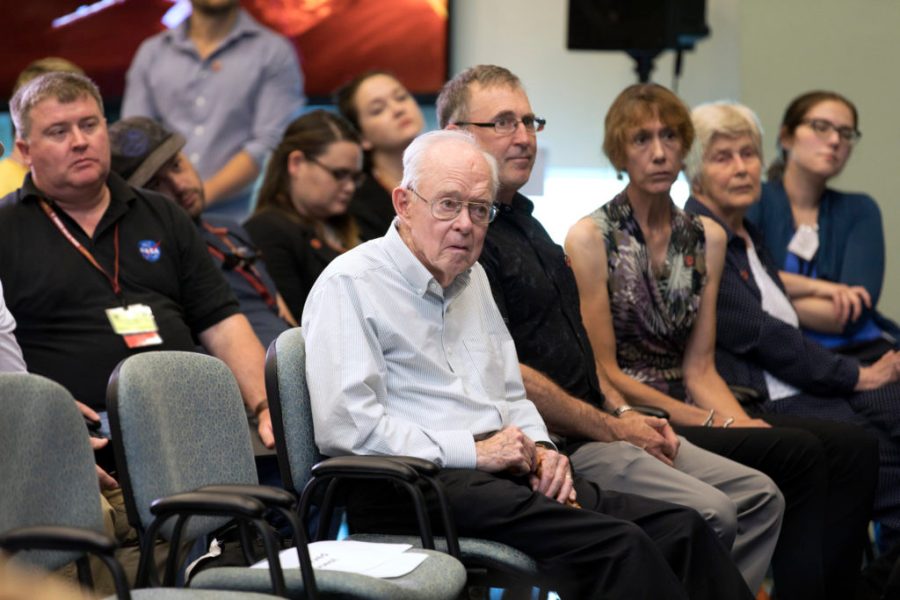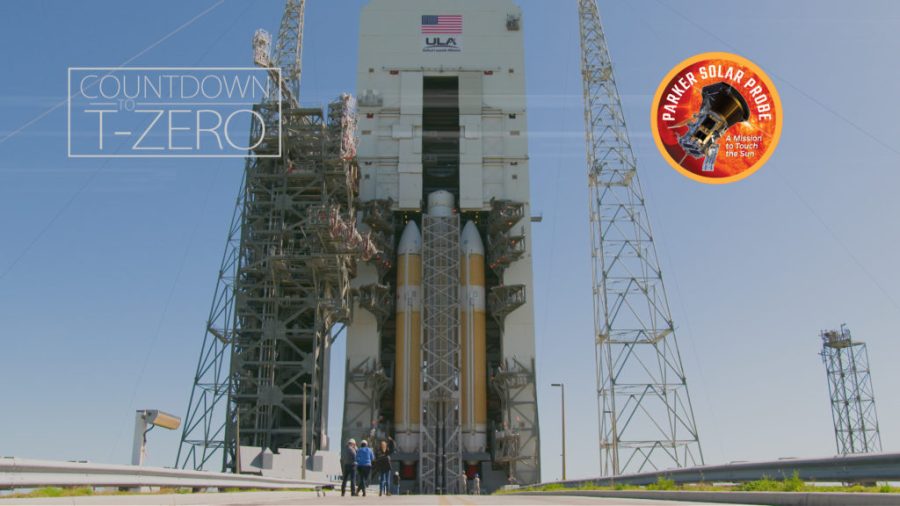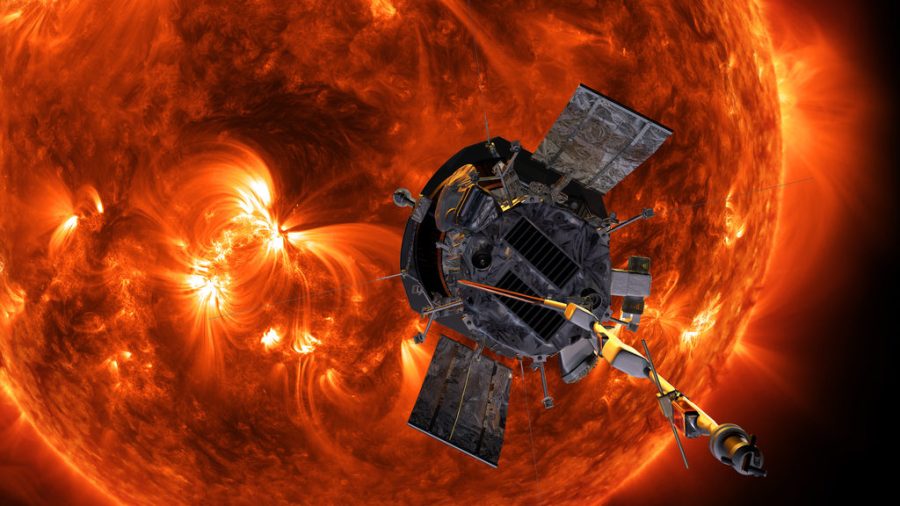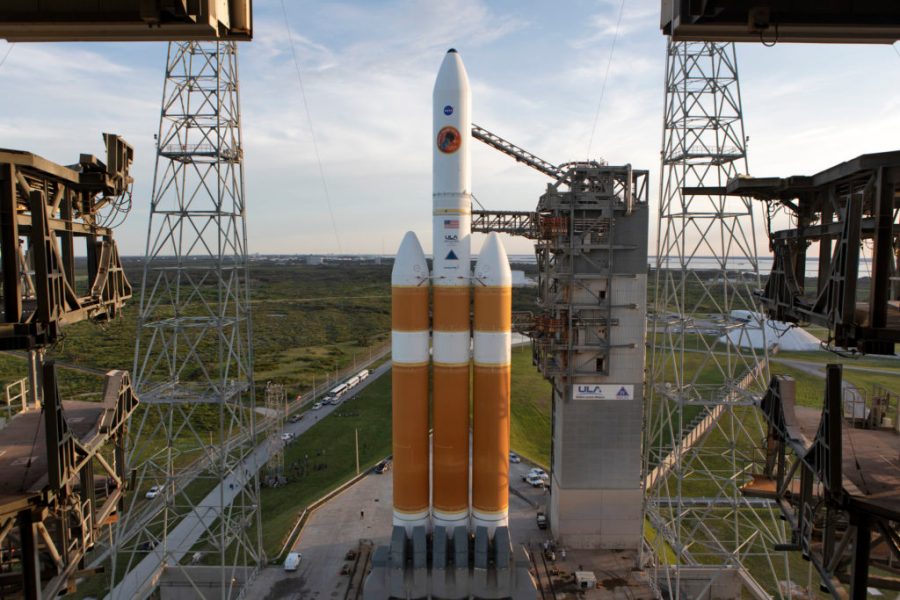The Delta IV Heavy upper stage main engine has started its burn following on-time booster engine cutoff and booster separation as part of NASA's Parker Solar Probe launch.
The Delta IV Heavy upper stage main engine has started its burn following on-time booster engine cutoff and booster separation as part of NASA's Parker Solar Probe launch.

Booster ignition and liftoff of the United Launch Alliance Delta IV Heavy rocket at 3:31 a.m. EDT, from Space Launch Complex 37 at Cape Canaveral Air Force Station in Florida, carrying NASA's Parker Solar Probe.

The Parker Solar Probe countdown is underway toward a liftoff at 3:31 a.m. EDT.
The launch countdown is in a T-4 minute hold. The launch team is proceeding toward launch of a United Launch Alliance Delta IV Heady rocket carrying Parker Solar Probe on a mission to the Sun.

In 2017, Parker Solar Probe was renamed for Eugene Parker, the S Chandrasekhar Distinguished Service Professor Emeritus, Department of Astronomy and Astrophysics at the University of Chicago.

The United Launch Alliance Delta IV Heavy rocket reached another major milestone on the road to T-Zero, as NASA's Parker Solar Probe is prepared for launch.

All is ready for launch of a United Launch Alliance Delta IV Heavy rocket carrying NASA's Parker Solar Probe. Liftoff is scheduled for 3:31 a.m. EDT from Space Launch Complex 37 at Cape Canaveral Air Force Station.

Hello, and welcome back to our coverage of the Parker Solar Probe launch. Everything is proceeding toward launch of the pioneering spacecraft at 3:31 a.m. EDT on a United Launch Alliance Delta IV Heavy rocket from Space Launch Complex 37 at Cape Canaveral Air Force Station in Florida. The weather forecast has improved to 95 …

The launch of a United Launch Alliance Delta IV Heavy rocket carrying the Parker Solar Probe spacecraft was scrubbed today due to a violation of a launch limit, resulting in a hold. There was not enough time remaining in the window to recycle.

The Parker Solar Probe countdown is underway toward a liftoff at 4:28 a.m. EDT. During the last four minutes of the countdown, the Delta IV Heavy propellant tanks will be brought up to flight pressure, the rocket and spacecraft will be confirmed on internal power, and the Eastern Range and launch managers will perform final status checks. A computerized autosequencer will take over the countdown in order to conduct a host of activities in precise order.